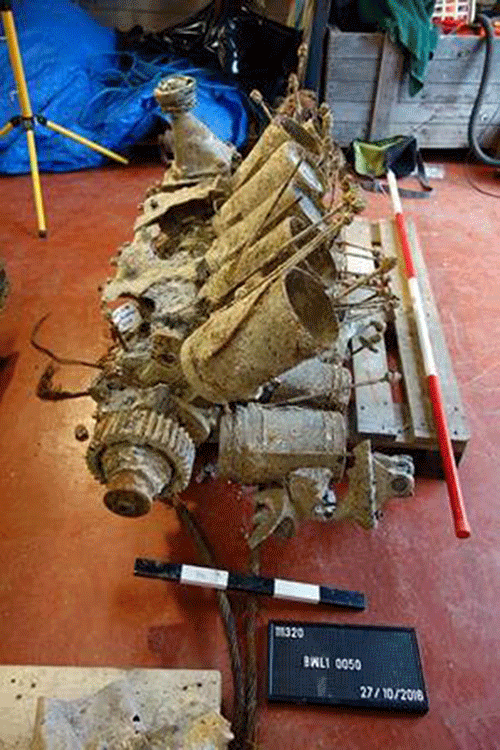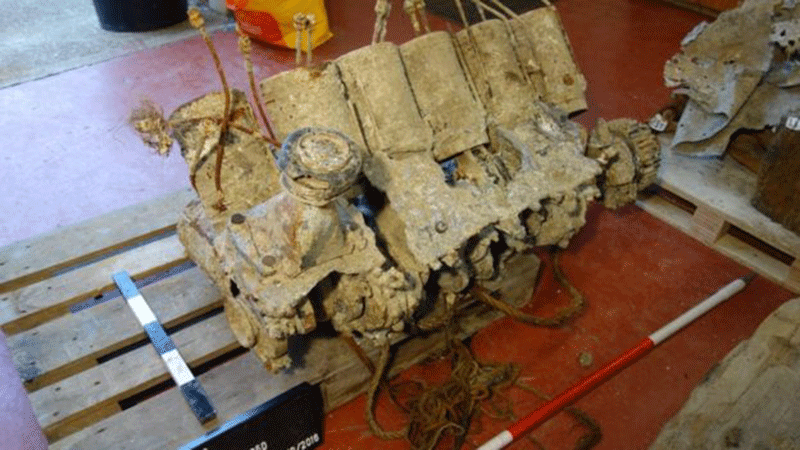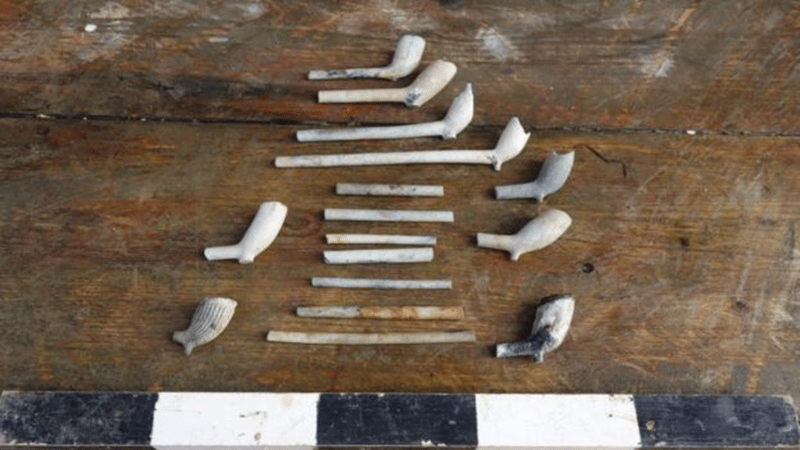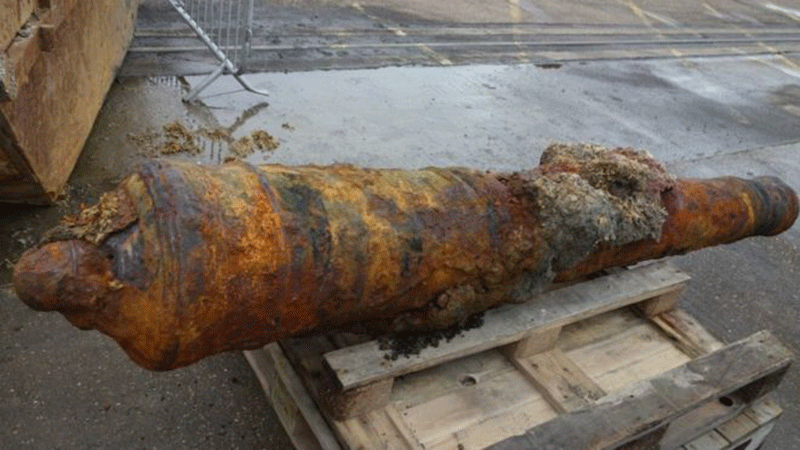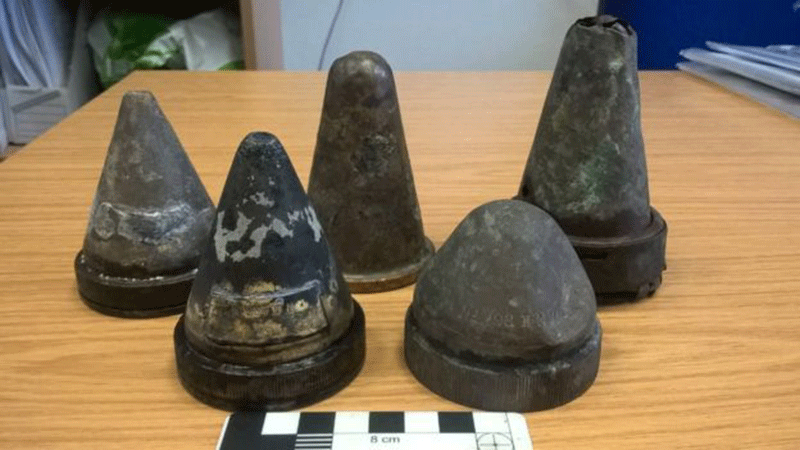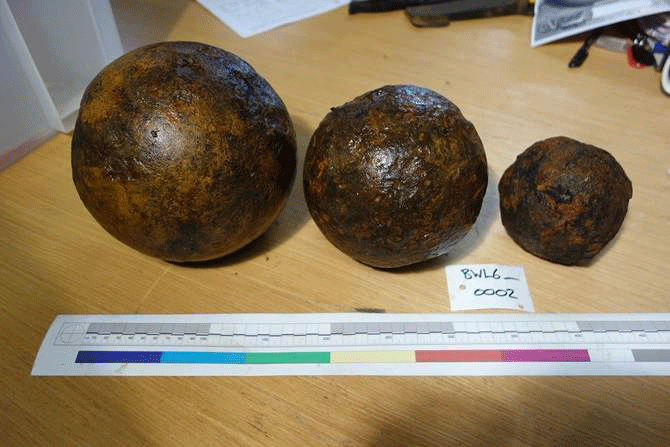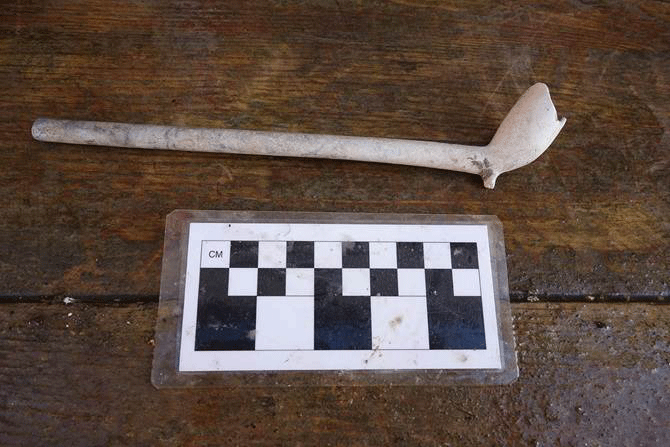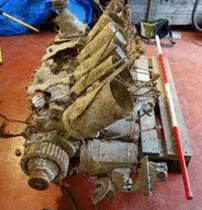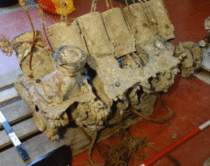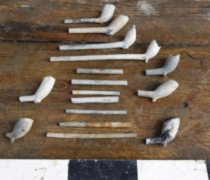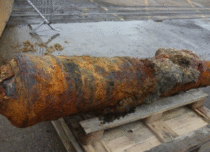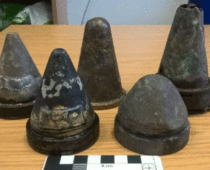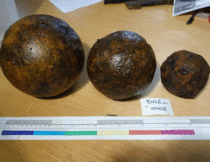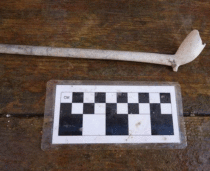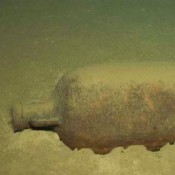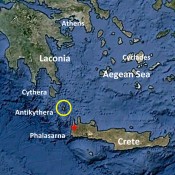Dredging works in Portsmouth Harbour, UK, have revealed thousands of items, from a human skull to sea mines, a cannon, an engine, and anchors.
The dredging work, which started about two years ago, is conducted so that a channel which was 7km wide will be deepened and widened for the new 65,000-tonne aircraft carriers of the navy to dock. In particular, HMS Queen Elizabeth and its sister ship, Prince of Wales, are to arrive later this year and to be based at the Portsmouth Naval Base.
Special dredging vessels have so far removed 3,200,000 cubic metres of sediment, which is the equivalent to 1,280 Olympic swimming pools.
The findings on the sea bed include eight cannon, an aircraft engine, 46 anchors, a German sea mine and five bombs. The mine and bombs were towed out to sea and were detonated by the Royal Navy’s Explosive Ordnance Disposal team. Some disruption for Isle of Wight travellers was caused when ordnance was discovered, since the harbour had to be closed for safety reasons until every device had been removed.
A skull was also found, which was taken to police in Portsmouth, and which probably dates back to the Napoleonic Wars. According to Capt Iain Greenlees, head of infrastructure at HM Naval Base Portsmouth and in charge of the dredging project, it was probably washed away from a burial ground on one of the islands in the harbour.
Among other items found on the seabed were bottles, plates and ceramics. They have been taken to Wessex Archaeology for study.
Although the main dredging work has been completed, the navy said work to remove new material that settled over time will be ongoing.
